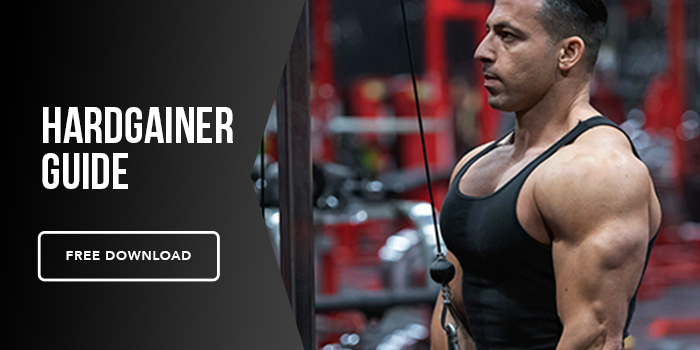Weight training can appear intimidating. I get it! But it doesn’t need to be complicated. The guide below will help get you started on the right foot, so that you can get stronger and build muscle in no time.
Before You Start
Set clear goals and expectations. What do you want to get out of your workouts? What are your short and long term goals? Make sure that your goals are realistic. Dedicating 2 to 3 days a week to the gym sets you up for success as a consistent lifter.
Research and study basic lifts. You don’t need to be an expert to lift weights, but you should step into the gym at least somewhat familiar with the weights you’ll be using. There are TONS of videos on YouTube that demonstrate how to properly perform various exercises. Mind Pump’s YouTube channel offers great insight on appropriate measures to working out with good form.
During Your Workouts
Start slow. Technique should be the most important consideration. Don’t worry about lifting heavy or attempting a two-hour workout (not necessary). As a beginner, now is a great time to work through each exercise slowly to ensure you are using good form. Take advantage of the mirrors, and don’t be afraid to ask a trainer or a friendly face if you are doing the exercise right. You’ll be surprised how many people in the gym are willing to help another member.
Consider a lighter resistance with a high rep range. It is really hard to lift heavy and slow at the same time. As a beginner to weight training, your muscles aren’t ready to handle heavier loads. You need to progress with resistance over time. This all starts happening at the cellular level, when your central nervous system is learning this new stimulus you’re enacting on the body. If you go too hard, too fast, you’ll basically catch your CNS by surprise. Starting with lighter weights helps train the muscle to be able to lift heavier later on, and do so more efficiently. Twelve to 15 reps is a great place to start. You want to pick a weight that you can complete all reps with in good form, and the last few reps should be described as a 7 or 8 on the intensity scale.
You don’t need to get fancy. Ignore what you see on TikTok and Instagram. Most of what you see on fitness influencers’ pages are either unnecessary or done incorrectly. If you want to get the most out of your workouts, stick with the tried and true exercises that will stand the test of time. These exercises include squats, deadlifts, rows, chest press, and overhead shoulder press. If you can start with just using free weights like dumbbells and barbells, I would recommend it. Unlike weight machines, free weights promote more functional fitness and allow you to work more muscles at one time. However, if you do feel nervous jumping right into free weights, no worries. Machines are a great tool to help with form, and they help demonstrate how it feels activating one muscle group at a time. If you’re still a little lost with what exercises to start with, MAPS Starter is an easy-to-follow program that will help you build strength and develop a solid base as a lifter.
After Your Workout
Cooldown. A lot of people neglect the cooldown period. Not only is cooling down an opportunity to work on your mobility and flexibility, but it helps lower your cortisol levels. Cortisol elevates when working out; this is a good thing, but high cortisol for prolonged periods of time can inhibit muscle repair. If you finish a workout and go straight into what you need to do next, you’re not allowing the body to de-stress. Again, increased levels of cortisol during your workout is a normal, but you don’t want it to stay elevated throughout the day; doing so can negatively affect your immune system and overall stress levels.
Focus on nutrition. Depending on the intensity, glycogen storage is probably depleted. It is recommended to not only get in a healthy source of protein post-workout, but you need to pair it with carbohydrates as well. Muscle protein synthesis is much greater when a combination of protein and carbohydrates are consumed after a workout. A banana and Greek yogurt or a protein shake with an apple are great options. If it can be consumed within the hour after your workout, that would be ideal. This ideal timing promotes greater muscle gains and recovery.
Weight training is one of the best things you can do for your health. Have fun with the process, and check out Mind Pump’s free resources and blog if you need more weight training tips and inspiration.






